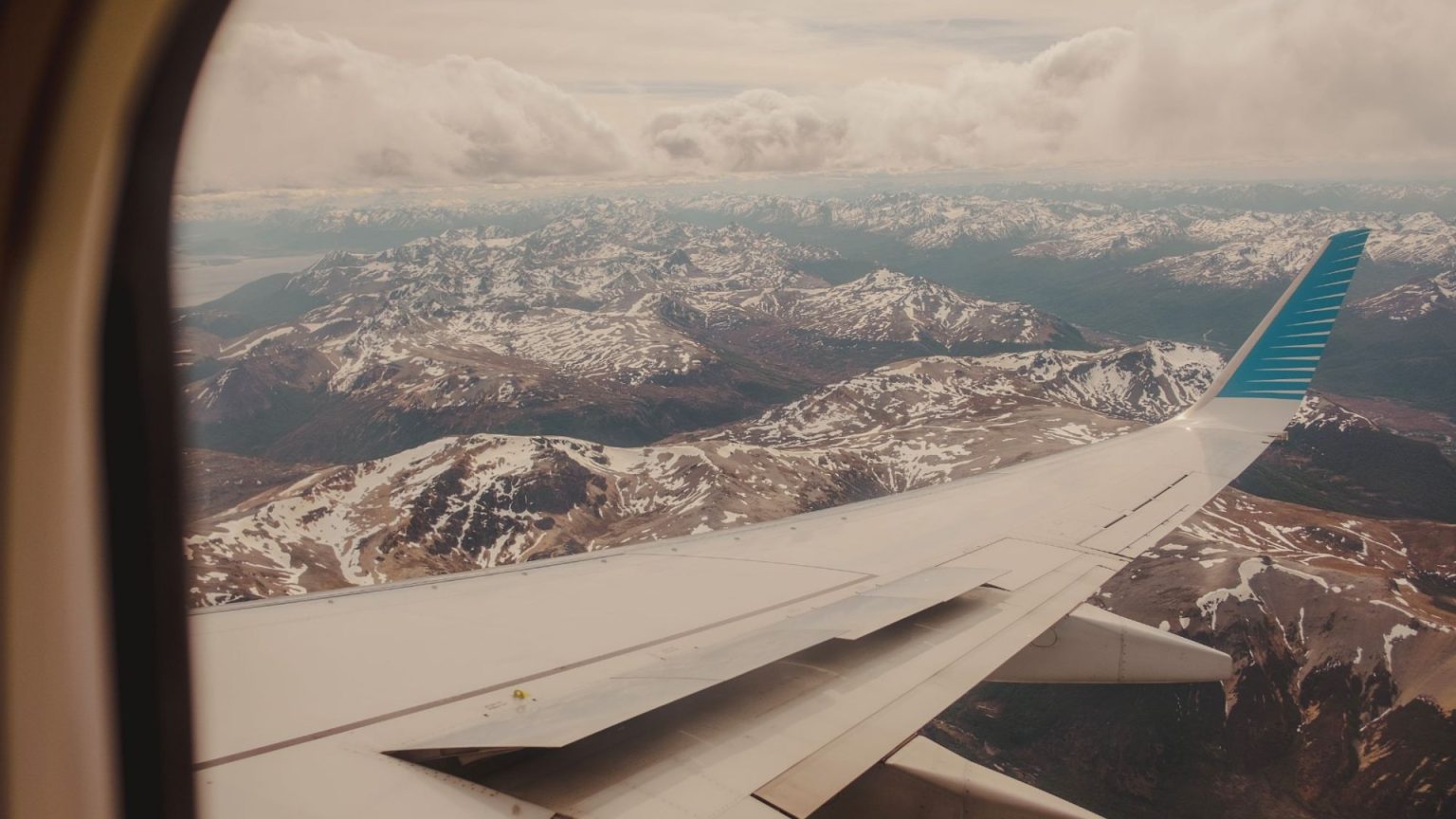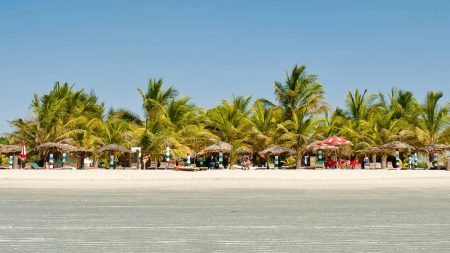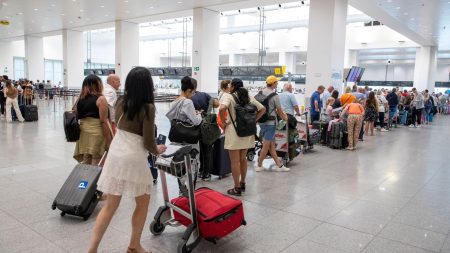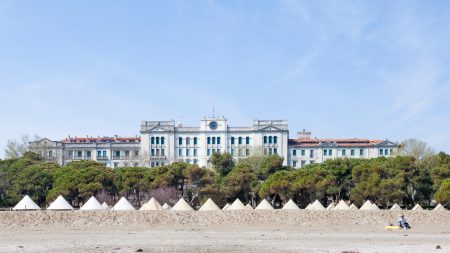Turbulence Troubles: Identifying the Bumpiest Flight Routes Across Europe
Air travel, while statistically the safest mode of transportation, is not without its discomforts. Turbulence, the unpredictable shaking and jostling of an aircraft mid-flight, ranks high among passenger anxieties. While generally harmless, turbulence can be an unnerving experience, prompting many travelers to seek smoother skies. A recent study by Turbli, a turbulence tracking website, sheds light on the most turbulence-prone routes in Europe, revealing a common geographical link: the majestic, yet disruptive, Alps.
Turbli’s research, utilizing eddy dissipation rate (EDR) to measure atmospheric turbulence, pinpointed Switzerland as the epicenter of bumpy journeys. The routes most frequently experiencing turbulence either originate or terminate in Switzerland, with others traversing the Alpine region. The study’s top contenders for bumpiest flights include Nice to Geneva, Nice to Zurich, and Milan to Zurich, all boasting EDRs exceeding 15, signifying "light" turbulence according to Turbli’s scale. While no European routes reached "moderate" turbulence (EDR between 20 and 40), the Alpine crossings remain the continent’s turbulence hotspots.
This Alpine connection underscores the influence of mountainous terrain on air travel. As wind currents navigate the peaks and valleys, they create unpredictable air pockets and eddies, leading to the jarring sensations experienced as turbulence. The Swiss Alps, with their towering heights and complex topography, are particularly conducive to such disruptions, posing a challenge for even the most seasoned pilots. Travelers with aviophobia might consider alternative routes or prepare for a potentially bumpy ride when traversing this scenic yet turbulent region.
Beyond Europe: A Global Perspective on Turbulence and Mountain Ranges
Turbli’s research extends beyond Europe, revealing a global pattern linking turbulence to mountain ranges. The Andes Mountains in South America emerge as the world’s most turbulence-prone region, with routes like Mendoza to Santiago and Cordoba to Santiago experiencing EDRs exceeding 24, reaching the "moderate" turbulence category. The higher temperatures and humidity in this region exacerbate the effects of mountainous terrain, creating more intense and frequent turbulence compared to the Alps.
The interplay of temperature and humidity with mountain ranges significantly impacts turbulence intensity. Warmer, more humid air amplifies the effects of wind currents interacting with mountainous terrain. This explains why the Andes, with their higher temperatures and humidity levels compared to the Alps, generate more severe turbulence. This global phenomenon underscores the universal influence of mountainous regions on air travel, creating predictable zones of turbulence for pilots and passengers alike.
Culinary Concerns in the Cabin: Food Faux Pas on Flights
Beyond the physical discomforts of turbulence, certain passenger behaviors, particularly culinary choices, can create unpleasant experiences onboard. Flight attendants, the unsung heroes of air travel, often bear the brunt of these in-flight offenses. Recent revelations from flight attendants highlight several food items that are generally frowned upon within the confines of an aircraft.
Fish, hard-boiled eggs, and surprisingly, broccoli, top the list of undesirable in-flight meals. The confined space of an aircraft cabin amplifies the pungent aromas of these foods, creating an unpleasant sensory experience for both crew and fellow passengers. The lingering odor of cooked broccoli, in particular, has been singled out as particularly offensive, prompting concerns about its freshness and palatability. Other strong-smelling foods like kimchi and cooked cauliflower also fall into this category of cabin cuisine no-nos.
Furthermore, certain foods, due to their intense aroma, are outright banned from aircraft. The durian fruit, a delicacy in some Asian cuisines, boasts a notoriously pungent smell, often described as a mix of sulfur and onions. Airlines, including China Southern Airlines and Air New Zealand, explicitly prohibit durian onboard due to its overpowering odor, which can linger in the cabin long after the offending fruit has been consumed. These culinary guidelines, while seemingly arbitrary, aim to maintain a comfortable and pleasant atmosphere for everyone onboard, minimizing potential sources of discomfort.











